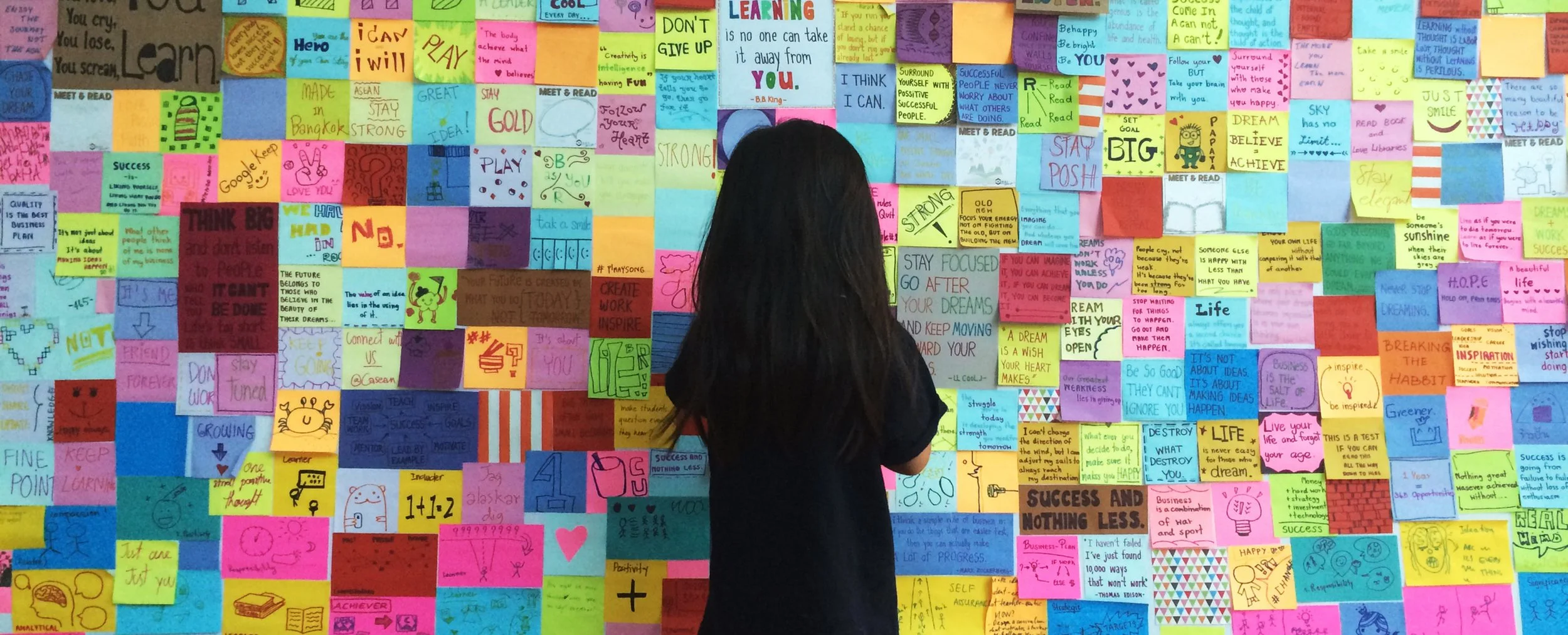Winner! Through The Eyes of the Beholder – Brooklyn Generation High School
/On June 10, G4C hosted the second annual Student Challenge awards ceremony and arcade at the Museum of the Moving Image. Nearly 200 attendees came to celebrate NYC’s best young game designers, including families, teachers and program partners.
All 18 finalists were showcased in an interactive arcade where students demoed their games. The awards ceremony was held in the Museum’s theater, featuring remarks by three teachers, Alex Fleming from our national curriculum partner Mouse and Matt Farber who recapped our Moveable Game Jam series.
Prizes were presented to 10 winning teams, including games from Ubisoft, a tour of NYU Game Center, Arduinos, tours of the American Museum of Natural History, Museum of the City of New York, New-York Historical Society and a walking tour of DUMBO by a Brooklyn Historical Society scholar.







































